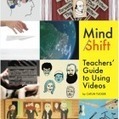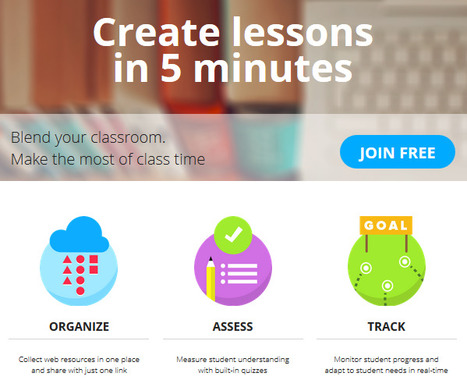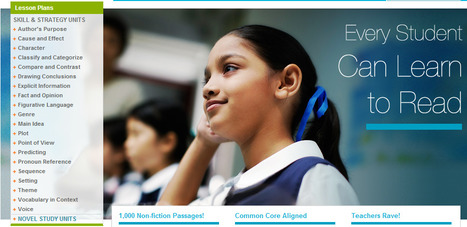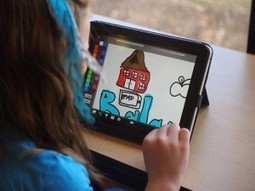"Thinglink is a powerful tool, and some new uses are making it even more compelling. Beyond creating pictures with links, images, and videos, a “next level” exists that turns ThingLink into a powerful organizer, aggregation tool, and curator."
Get Started for FREE
Sign up with Facebook Sign up with X
I don't have a Facebook or a X account
 Your new post is loading... Your new post is loading...
 Your new post is loading... Your new post is loading...

Quishawna Henderson's curator insight,
January 23, 2013 9:48 PM
I use this often in my math classroom now. The most difficult task is to make sure that students understand the meaning behind it!
Amy Keathley's curator insight,
February 16, 2014 9:41 PM
This is definitely the direction we need to go - many students have such a hard time connect the math they learn in class to the real world and this is a step in the right direction! |
Katie S.'s curator insight,
April 9, 2015 4:29 PM
This blog post discusses the use of technology and games in the classroom. While teacher Jenny Kavanaugh uses games and technology for teaching history, she criticizes the drill like nature of math games and the post sees that developments need to be made in educational games to make them more useful and engaging. It seems that history is at the forefront though, as online content is able to give a more direct experience of past, place, and events.
benjamin costello's curator insight,
May 20, 2015 5:36 PM
Kids like many people learn in a variety of ways so whether you teach the "old fashion" way or through technology I think you must be aware of this. Digital games are just one way to achieve this but I think you have to fully immerse yourself and your students in the technology to be able to fully grab the good intention of it. Trial and error still work.
Gabrielle's curator insight,
May 21, 2017 8:53 PM
Helps students engage in historical periods they're studying.

יפה בן-דרור- Yaffa Ben-Dror's curator insight,
January 9, 2013 1:01 AM
MindShift shares four areas: * Games and group work * Learning Latin * Reaching Students * Creativity Play Games and group work looks at what happens when a teacher brings in a wide range of technology incorporates game playing as part of the class. You may be quite surprised by the results! Learning Latin uses an online video game to teach Latin with great success. Reaching Students looks at how cell phones may be used in a classrom Creativity Play provides a look at how teachers are using Minecraft in the classroom). 
cpeyronnet's curator insight,
January 9, 2013 2:39 AM
MindShift shares four areas: * Games and group work * Learning Latin * Reaching Students * Creativity Play Games and group work looks at what happens when a teacher brings in a wide range of technology incorporates game playing as part of the class. You may be quite surprised by the results! Learning Latin uses an online video game to teach Latin with great success. Reaching Students looks at how cell phones may be used in a classrom Creativity Play provides a look at how teachers are using Minecraft in the classroom). |

























A pretty nifty way to insert signposts on a screenshot to display pop up instructions
Whoa, just whoa. ThingLink is so cool and what a great way to densify creative products and engage a diversity of learning pathways! I am going to include this in my next resume for sure.
Thinglink is one of my favourite tools :)